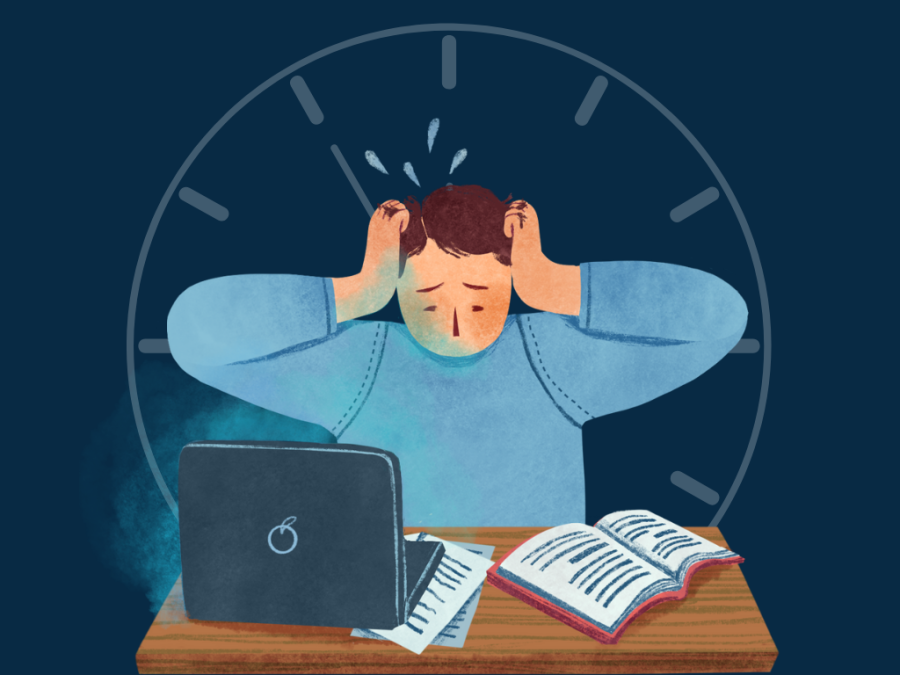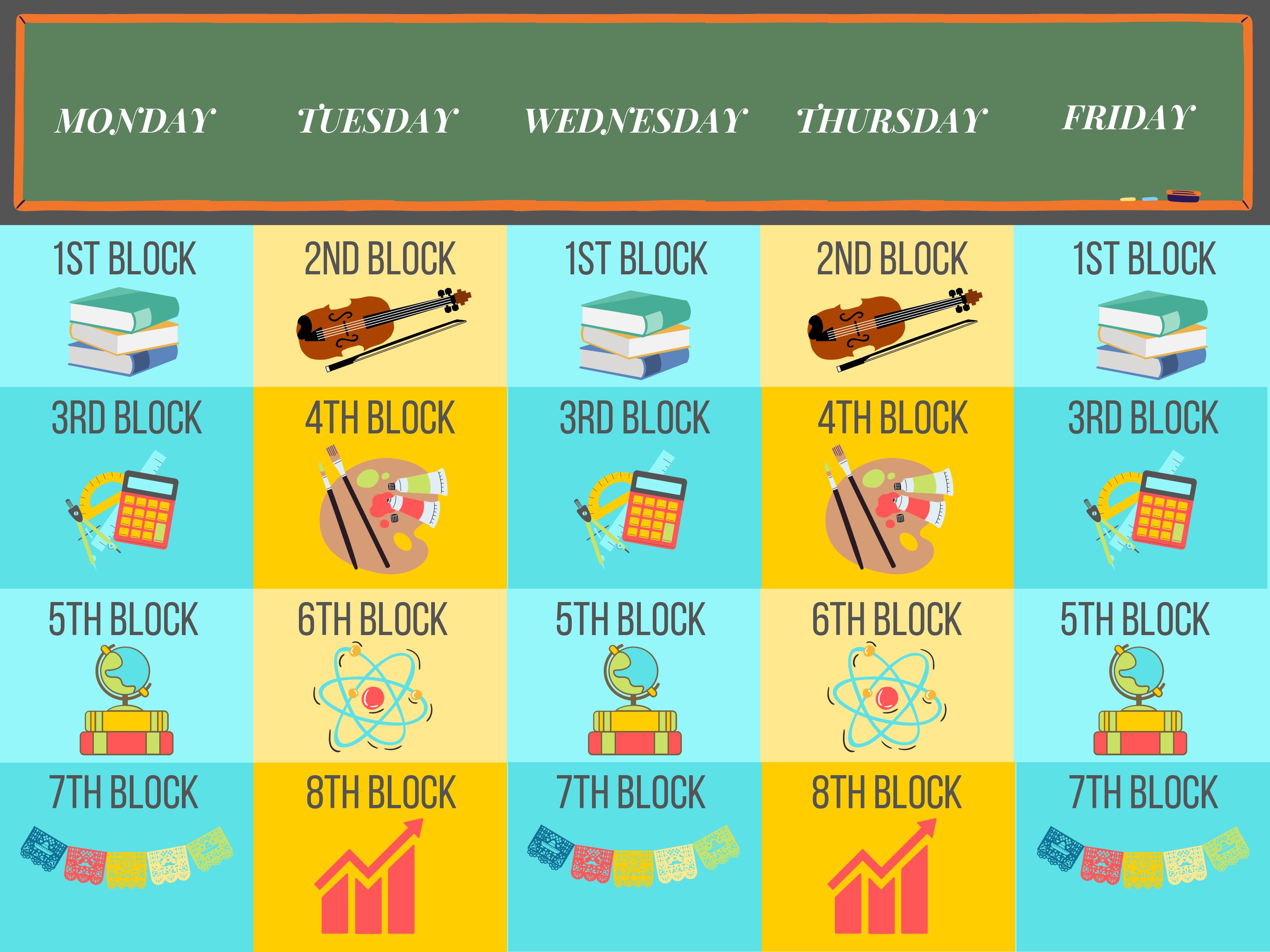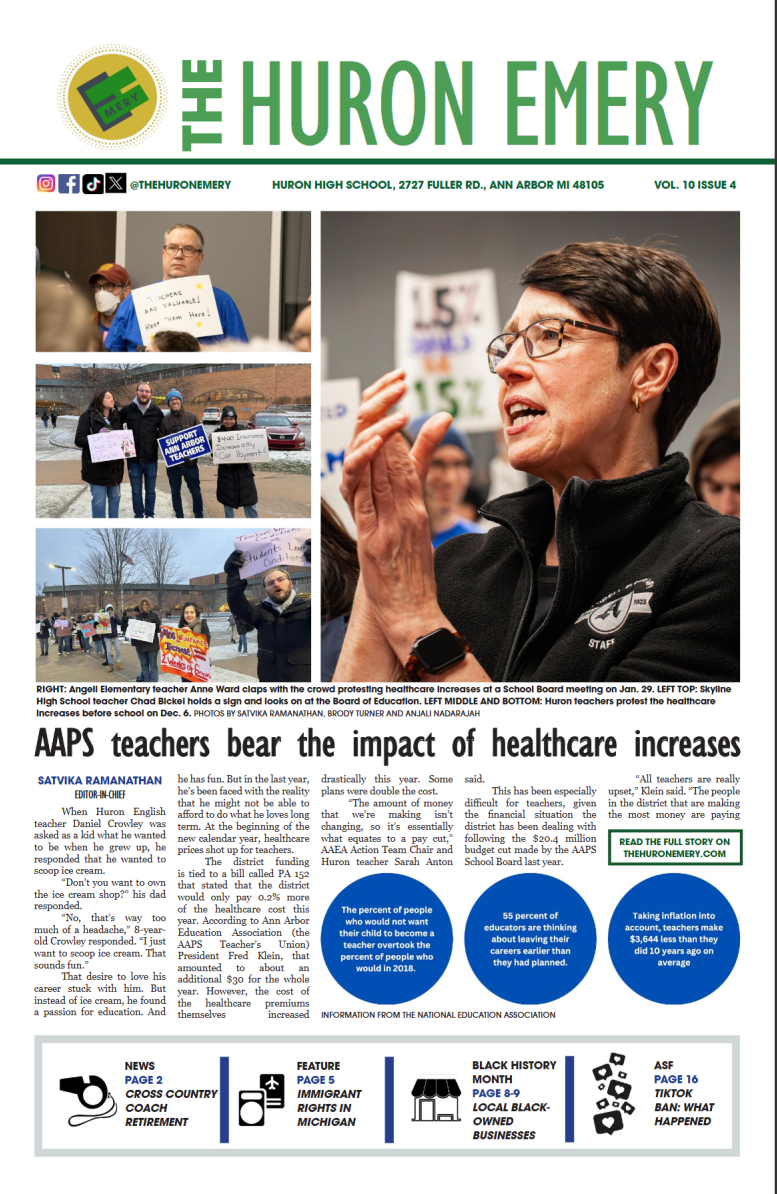Too much homework: Schools need to reconsider whether it actually does its job
According to a Stanford University study, over 99 percent of high school students who received over two hours of homework, the recommended limit given by the 10 Minute Rule, reported homework to be a primary stressor.
March 21, 2022
It’s 11:53 p.m. Another assignment down, three more to go. As I open another textbook, I ignore the exhaust looming over my head like a raincloud — actually, it’s more like a hurricane. I ignore the fact that teenagers need eight hours of sleep per night — how much harm can one sleepless night do? I ignore the dread building up as I become increasingly aware that in just six hours, I’ll be frantically searching for the snooze button on my aggravatingly loud alarm clock, and in just eight hours, I’ll be in my first class of the day, fighting the urge to give in to the sudden heavy weight on my eyelids, wondering how I got myself into this situation again.
This can’t be normal… can it?
After countless hours of homework and one too many all-nighters, I discovered that this seemingly never ending cycle was, in fact, not normal. According to the National Education Association, the National PTA recommends that schools set limits on the amount of homework assigned to students under the guidance of the 10 Minute Rule, which designates a maximum of an additional 10 minutes of homework for each subsequent grade level. This means that by the time students start high school they should have a maximum of an hour and a half of homework each night, and by the time they graduate, they should have, at most, two hours of homework daily.
Yet, many schools across the U.S. don’t follow these guidelines. As shown in a survey conducted by the L.A. Times, high school students receive an average of three and a half hours of homework every night, nearly double the 10 Minute Rule’s suggested limit. In homework’s defense, students do develop valuable work ethics and study strategies that will be of great help, should they go to college or work at a job or internship. But, as Roman dramatist Plautus famously quoted, “moderation is the best policy.” This certainly applies to homework, which raises the question of how much is too much?
According to a Stanford University study, over 99 percent of high school students who received over two hours of homework, the recommended limit given by the 10 Minute Rule, reported homework to be a primary stressor. This extreme, time-consuming workload also resulted in students dropping hobbies and spending less time with friends and family. So, it’s not surprising that over 20 percent of students have a diagnosable mental health disorder according to the Center for Mental Health in schools.
However, it’s not just mental health that bears the brunt of excess homework. Over half of the respondents of Stanford’s study revealed that their workload led them to experience sleep deprivation, exhaustion, and headaches.
When it gets to the point where homework does more harm than good, it’s evident that something needs to change. But, what can schools do?
One way to aid students would be to implement the already suggested 10 Minute Rule. In doing so, highschoolers’ average workload would decrease by at least an hour every night. However, should schools decide not to enforce this rule, there are other simple solutions.
In 2019, Huron implemented “no-homework weekends.” Temporarily, many students noticed a significant decrease in stress and were able to enjoy spending their weekends freely. Despite this, these weekends have become nearly ineffective. Now, they mainly occur during what would have already been a break or day off school and many teachers either ignore them entirely or have found a loophole. They schedule tests directly after a “no-homework weekend,” only forcing students to spend their weekends studying, just as many normally would. If there aren’t tests, many teachers just cram homework the following week, which just makes that week even more stressful and effectively counteracts the original purpose of “no-homework weekends.” Scheduling more frequent, more heavily enforced “no-homework weekends” would help students reap their original benefits and allow them more time to recharge.
When AAPS transitioned to virtual learning at the height of the COVID pandemic, no classes were scheduled on Wednesdays. Instead, that time was devoted to catching up on homework and studying for exams. This led to a noticeable decrease in students’ workload throughout the rest of the week.
When assigned in moderation, homework undeniably has its benefits. But when students begin to dread school, sacrifice sleep and downplay their mental health all for a good grade, schools need to reconsider whether homework actually does its job.















